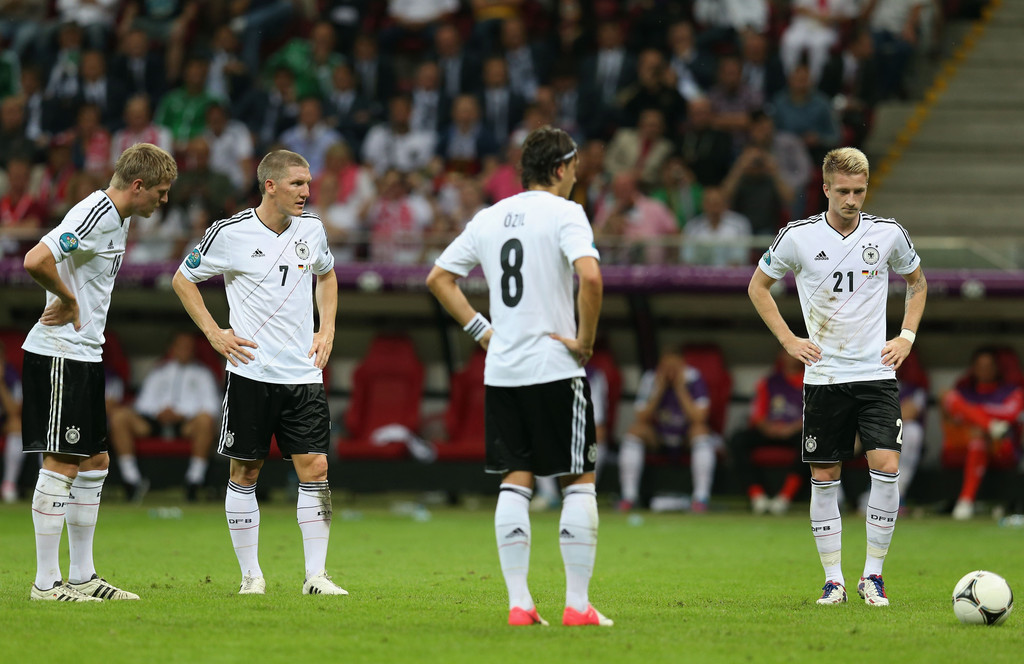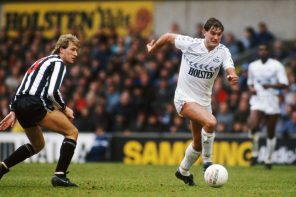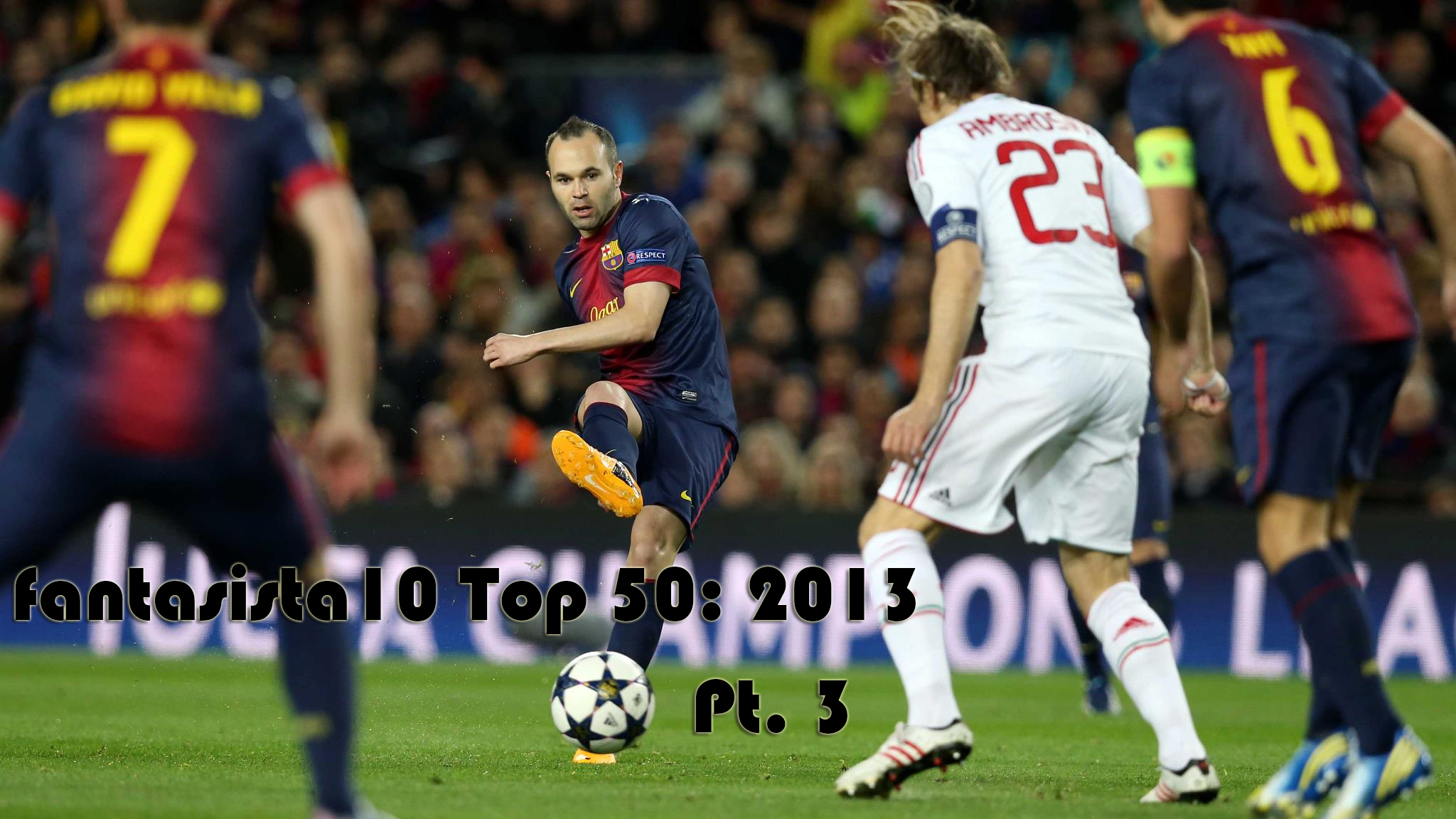Is Germany the future home of the Playmaker?
The dominance of Bayern Munich and Borussia Dortmund in 2013’s Champions League competition has been seen by many as the ushering in of a new dawn for European football. Arguably, not since the ‘70s has German football’s stock been so high, when their own successful brand of Total Football competed fervently with the pioneers of the concept, Holland.
It is with some irony then, that over 30 years later, Germany are at it again; this time wrestling with Spain, and their 21st Century interpretation of Total Football – tiki-taka – the blueprint of which was put in place by a familiar protagonist from the ‘70s – Johan Cruyff.
Like Spain previously, German football made a conscious effort, nation-wide, to implement a new structure at youth level back in 2002, with higher emphasis on technique; the fruits of which are now evident for all to see.
Despite having the likes of Gunter Netzer, Bernd Schuster, Wolfgang Overath and Pierre Littbarski during previous golden eras, German football has rarely been synonymous with the Spielmacher (Playmaker). Instead the national stereotype prevailed; Germanic footballers were machines – robotic, physical, muscular, efficient – whilst their Latin counterparts produced the creative, flair players.
Now, the Bundesliga is producing players like Mesut Ozil, Toni Kroos, Mario Götze and Marco Reus; all playmakers, albeit modern-day interpretations where perhaps the term ‘creative midfielder’ fits as a more accurate description as the position continues to evolve from its classical roots. All four give perfect examples of this evolution, which also demonstrates Germany’s present and future playmakers.
At 24, Mesut Ozil is the oldest of the crop and the only one to have vacated the Bundesliga. Firstly moving to La Liga with Real Madrid and now currently plying his trade at Arsenal, of the four, he is also the one that most closely resembles a classical playmaker. It was perhaps his breakthrough that first signalled the country’s new philosophy on youth development was bearing fruit.
After a slow start to life in La Liga when he struggled to go a week without being substituted, he became a vital member of the Madrid team. Last season, he led La Liga in key passes with 78, which included a total of 9 assists before his shock summer departure to London.
Bayern Munich’s Toni Kroos has been hailed as a phenomenon, and one of the finest examples of a modern attacking midfielder. Some would even class the 23 year old as a typical box-to-box midfielder, such is his dynamic and hardworking nature. His versatility also marks him apart from a typical playmaker – he can play at the back or the front of a midfield diamond, in the centre or out wide, depending on formations.
Lacking in flair but highly creative, his statistics in the Bundesliga have been incredible this season: fourth overall for pass success rate, whilst averaging 2.8 key passes per game – third in the overall listings, 8 assists, and a ratio of 0.5 accurate through-balls per game – joint-second in the overall standings behind only Diego – a traditional number 10.
Over to Dortmund, who have produced two phenomenal playmakers of their own. Marco Reus and Mario Götze have struck up an exceptional partnership at club level and together with Ozil, Nationalmannschaft coach Joachim Löw looks determined to try and fit all three into his starting XI ahead of their 2014 World Cup campaign in Brazil.
At 23, Reus is three years older than Götze, who has been at Dortmund since the age of 9. Götze has long been proclaimed as the greatest young talent in German football but now Reus stands his equal. His speed and technique, allied with his goalscoring ability from dead-balls and open play bringing the player prominence.
Reus recently revealed that he based his style of play on a former Dortmund playmaker:
My idol was always Tomas Rosicky. He used to be phenomenal,” Reus said. “He had such a good eye for an opening and knew where his team-mates were, and he was so quick.
Rosicky had great technique and was so intelligent and mature even though he was still young at Dortmund. I copied everything about him – right down to his sweatbands. He was so unlucky he had bad injuries at Arsenal because, otherwise, he would be one of the world’s best players.
Dortmund’s high pressing, quick passing and movement, led by Reus and Götze, has won many admirers this year, including Pep Guardiola who proclaimed the team the most entertaining in Europe this season – surely influencing his decision to make Götze his first signing as Bayern coach when the current season ends – outlaying a huge £31.5m on the diminutive number 10.
It remains to be seen if the boyhood Dortmund fan can replicate his partnership – labelled as the strongest midfield duo in world football, by Franz Beckenbauer – with Kroos at Munich, and just how Guardiola (a disciple of Cruyff) will utilise his new attacking talent.
Joachim Löw will also be an invested observer ahead of a World Cup which could see Europe’s traditionally efficient superpower head to Brazil, seen by most as the spiritual home of the number 10, with an abundance of modern-day interpretations that outshine the rest.







1 Comment